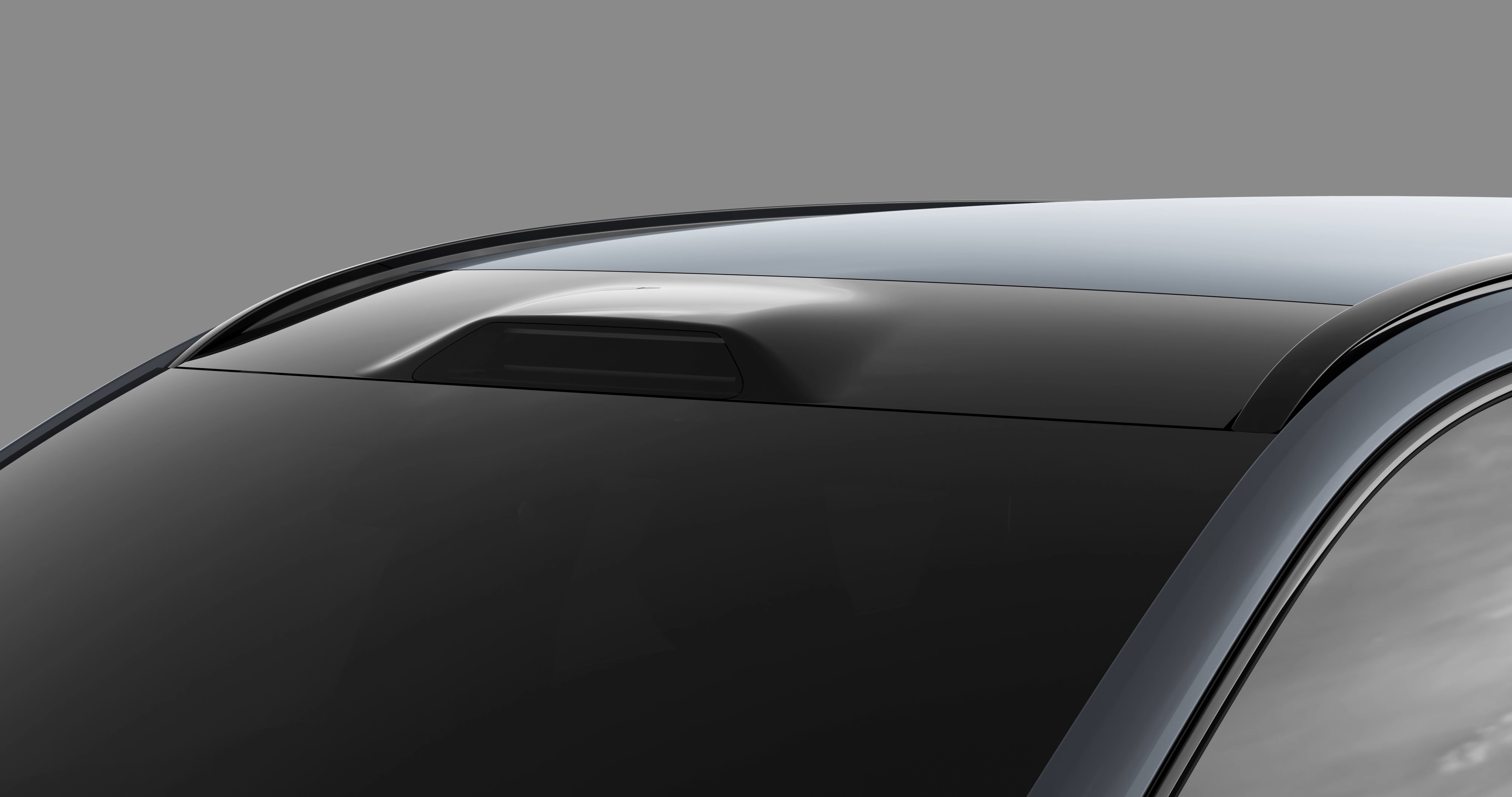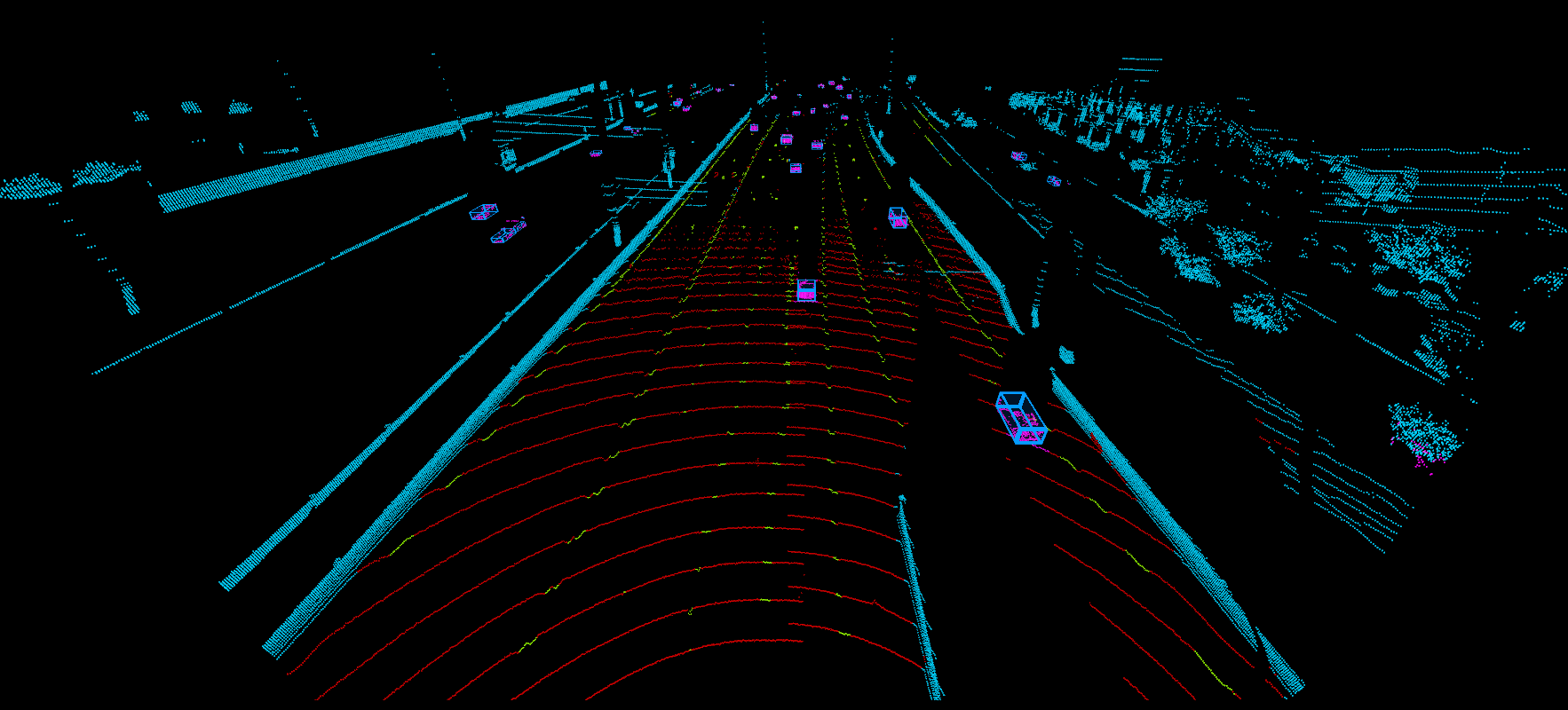Volvo unveiled its plan to launch its next generation self-driving car in 2022 by integrating LiDAR technology supported by Luminar.
Volvo Cars, the Sweden-based company now owned by Geely Holding of China, said that its next generation SPA2 modular vehicle architecture will be available as hardware-ready for autonomous drive from production start in 2022,with the Luminar LiDAR seamlessly integrated into the roof.

(Image: Volvo/Luminar)
The LiDAR technology of Volvo’ new car is supported by Luminar, a LiDAR startup company aiming to make cost effective LiDAR sensors. Volvo began its partnership with Luminar in 2018 when the automobile manufacturer strategically invested the company. By November 2018, Luminar and Volvo demonstrate their autonomous driving technology based on LiDAR perception at the AutoMobility show in L.A.
Volvo introduced the Highway Pilot feature that enables fully autonomous highway driving when safe conditions are verified. Luminar’s perception technology will be combined with autonomous drive software and the cameras, radars and back-up systems for functions such as steering, braking and battery power installed on forthcoming Volvo cars equipped for self-driving. Drivers can thus evaluate the details provided by the technology and activate the self-driving function.

(Image: Volvo/Luminar)
In addition to the Highway Pilot feature, Volvo Cars and Luminar are also exploring LiDAR’s role in improving future advanced driver assistance systems (ADAS), with the potential for equipping all future SPA2-based cars with a LiDAR sensor as standard.
Volvo Cars and Luminar also strengthen their partnership to ensure robust industrialization and validation of Luminar’s LiDAR technology for series production with Volvo’s agreement to increase its minority stake in Luminar.
LEDinside sees a great opportunity in automotive LiDAR applications covering Robo-taxi and autonomous bus. Joanne Wu, Research Manager of TrendForce, addressed that LiDAR has the advantages of long-range detection and high-depth resolution and is identified as the necessary sensor to achieve the autonomous driving L4 and L5.
LEDinside concentrates on major infrared sensing application markets and analyzes supply chain with an aim to provide a more comprehensive understanding of IR sensing application markets for readers.
2020 Infrared Sensing Application Market Trend- Mobile 3D Sensing, LiDAR and Driver Monitoring System
Release Date: 01 January 2020
Language: Traditional Chinese / English
Page: 153
|
If you would like to know more details , please contact:
If you would like to know more advertising details , please contact:
|





 CN
TW
EN
CN
TW
EN







